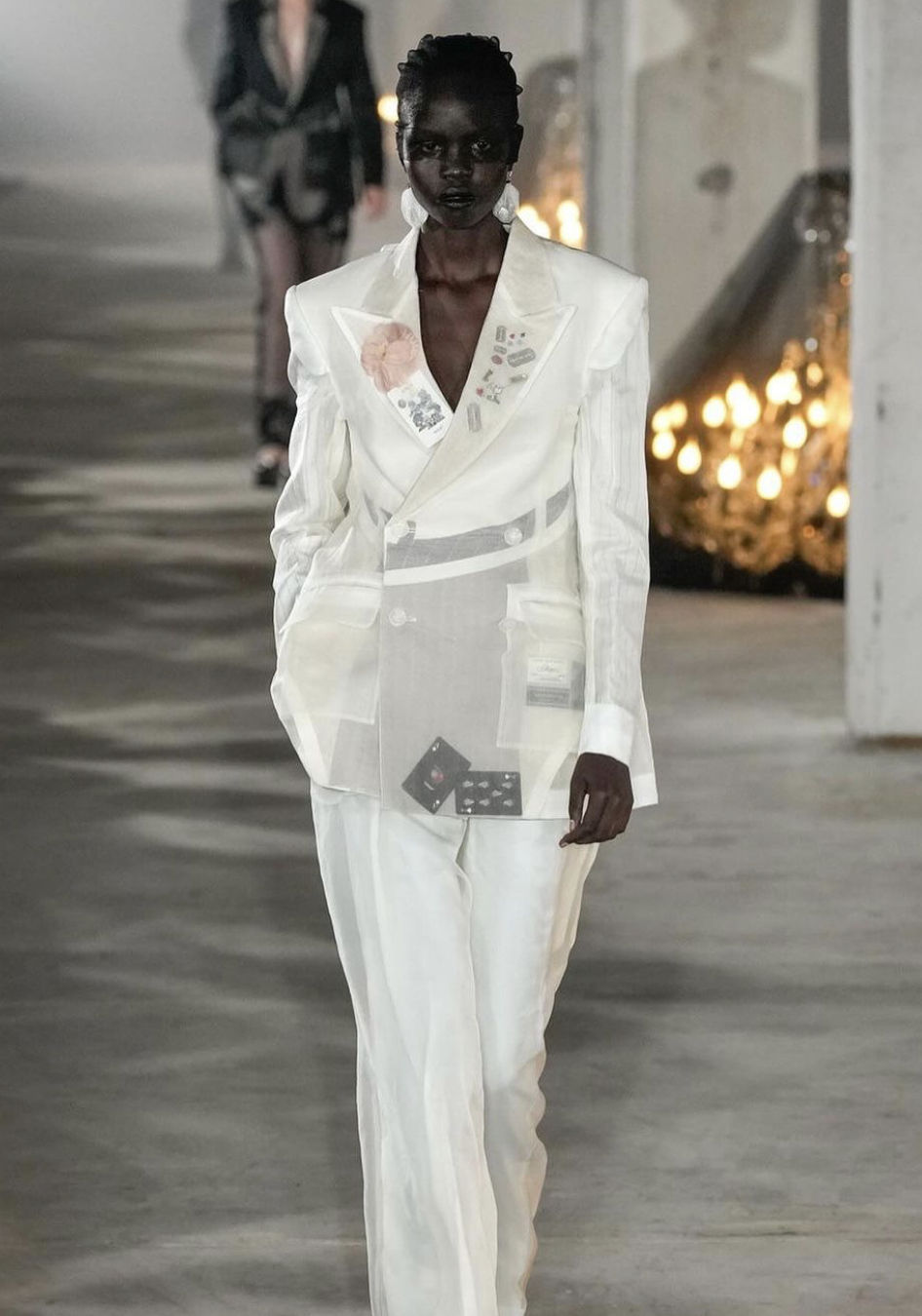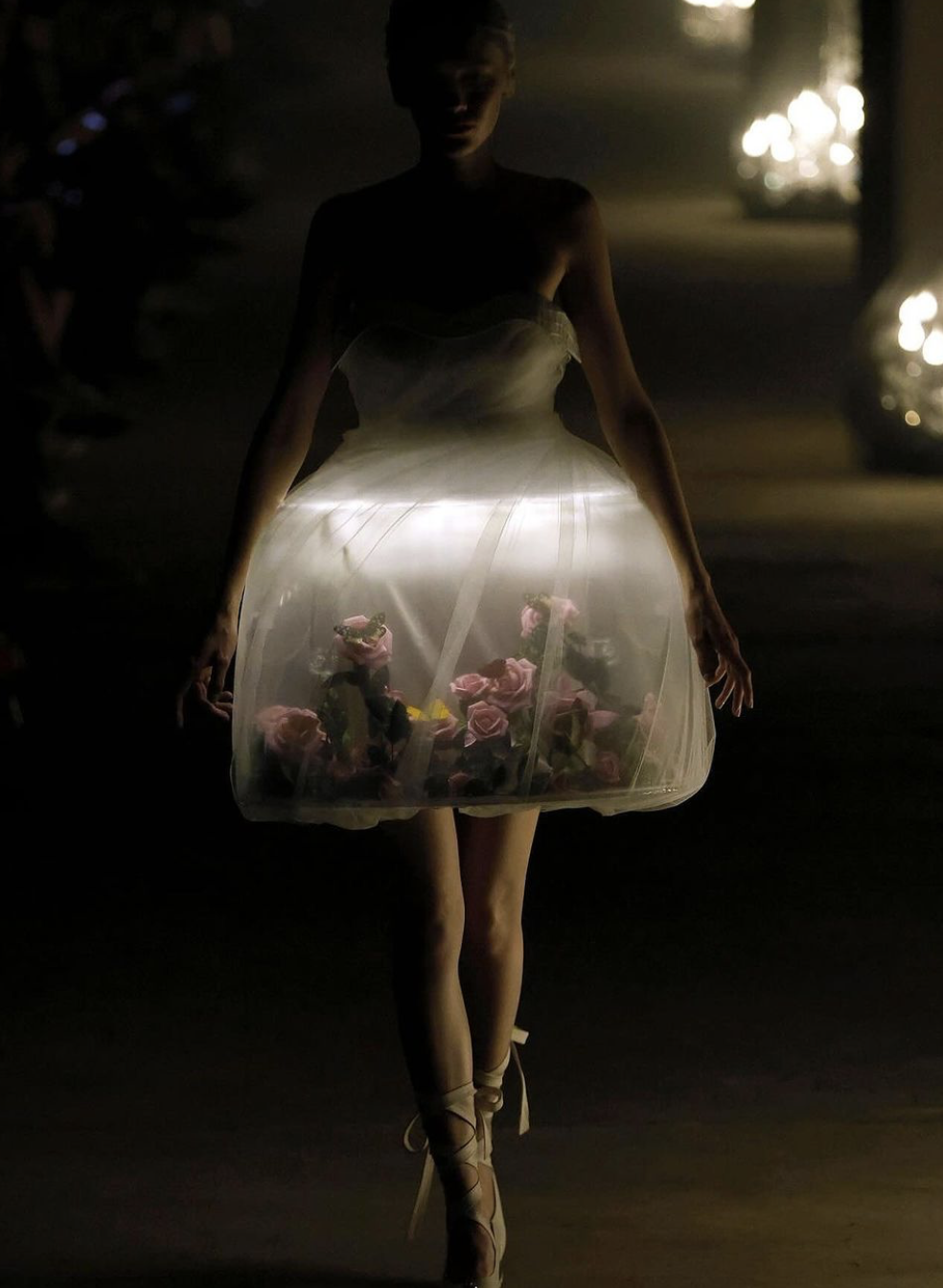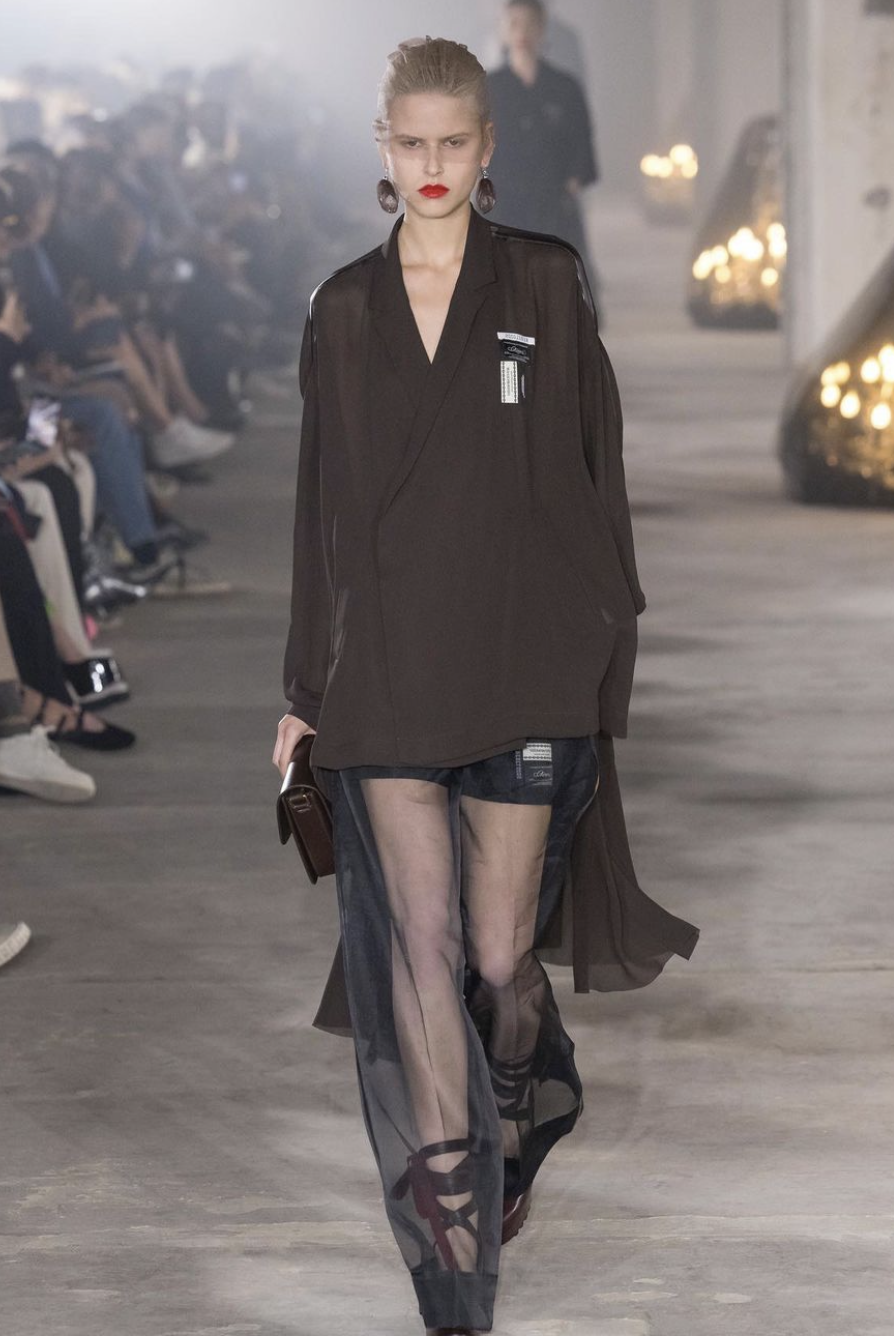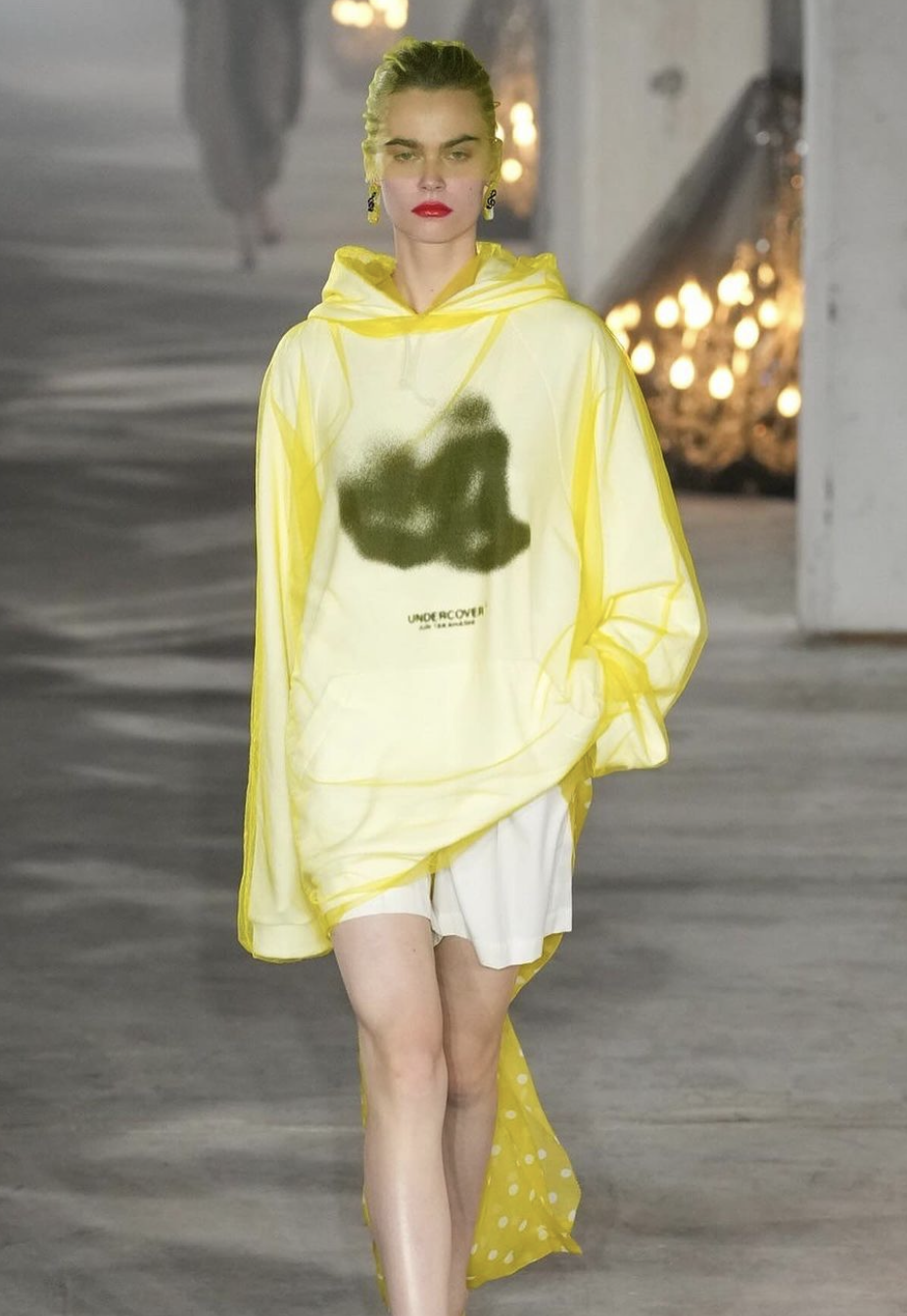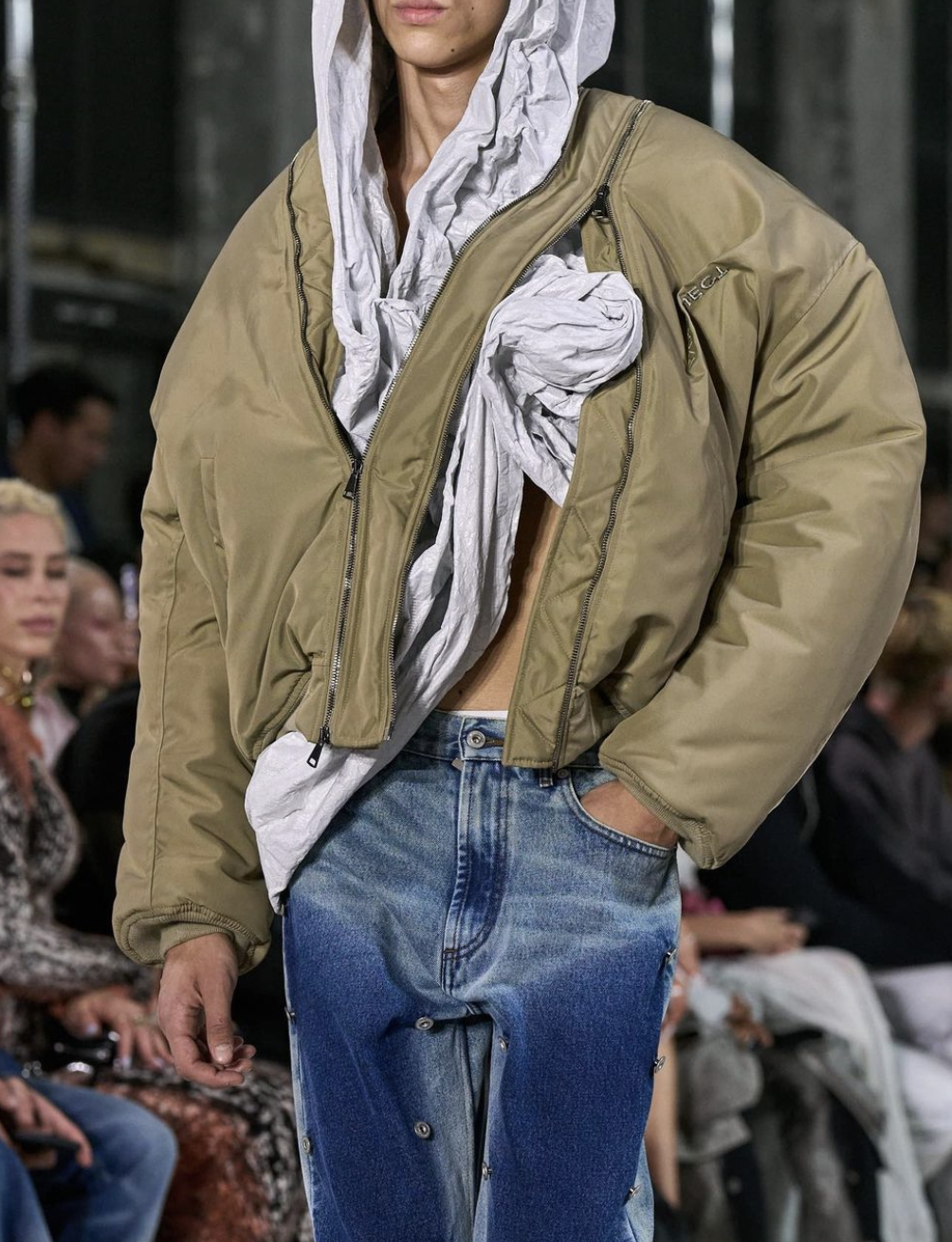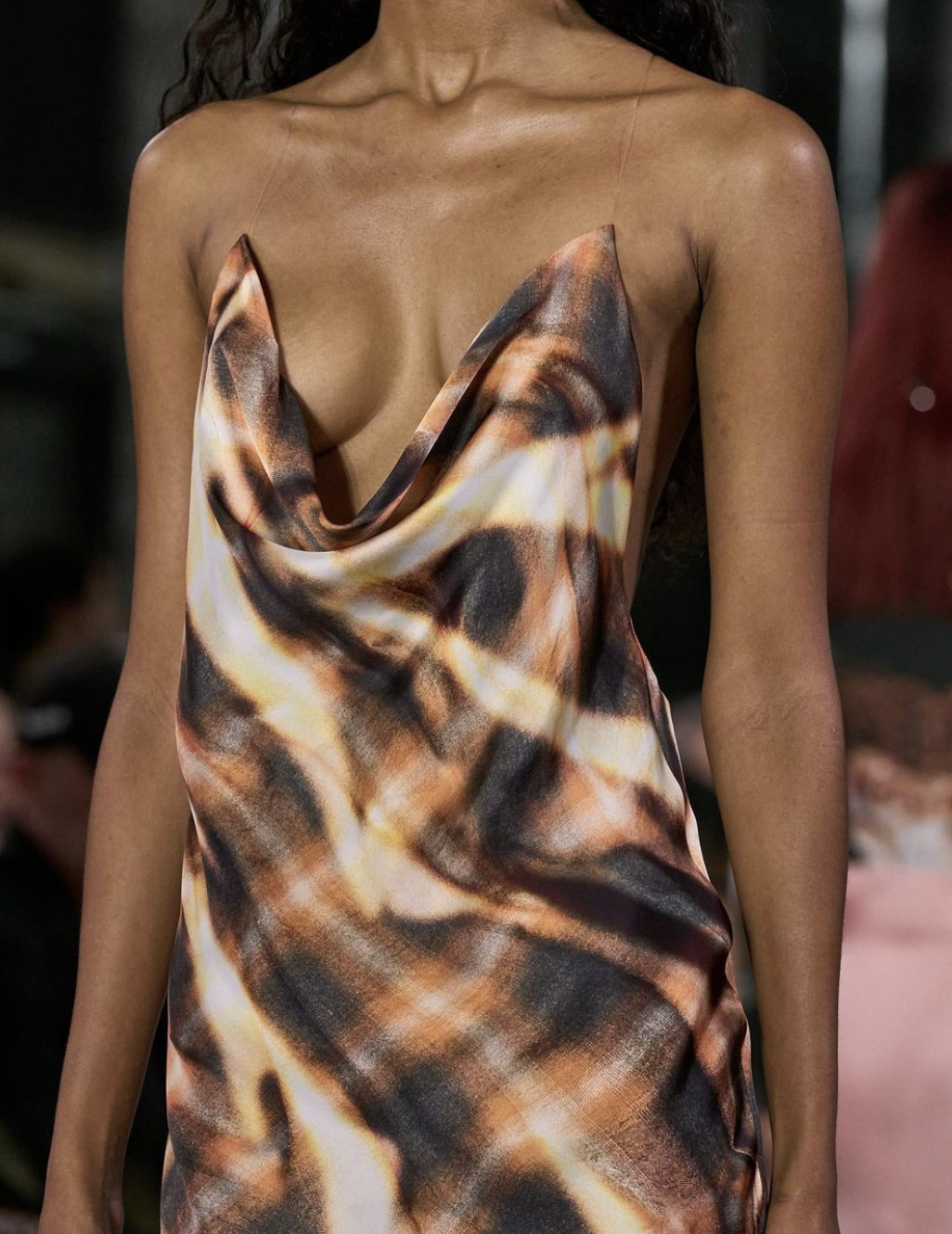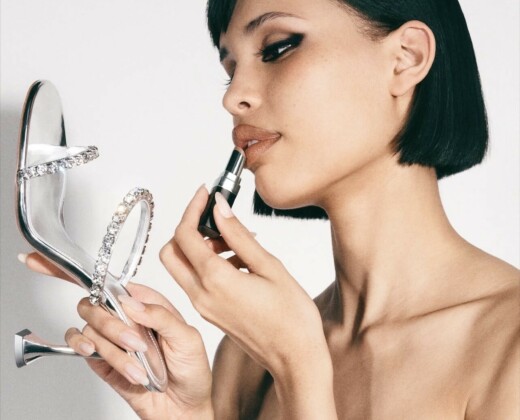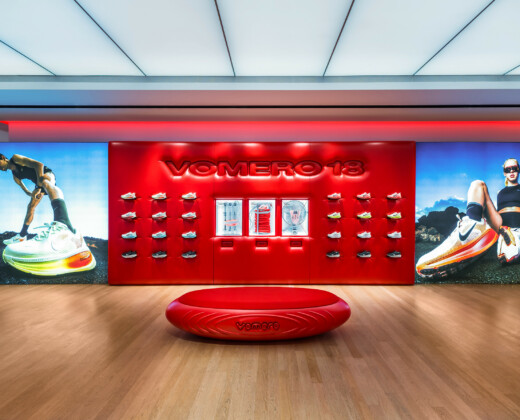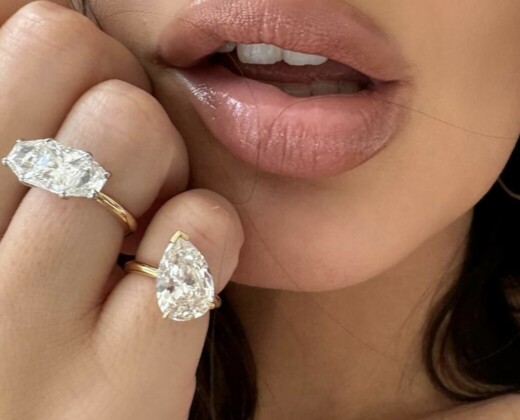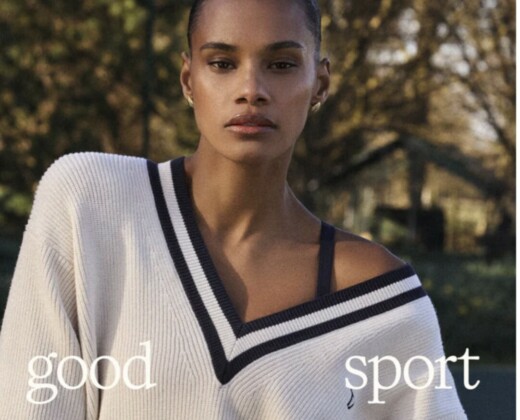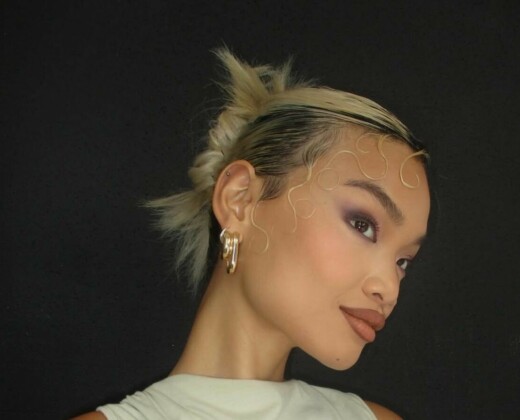The final week of Fashion Month brings us to Paris, it can seem like an impossible feat to stand out. How do you shine the brightest in the City of Lights? And yet for Spring Summer 2024, brands still managed to create awe-inspiring moments. We saw Sarah Burton’s last collection for Alexander McQueen, Paris Hilton walking for Mugler, and live animals at Undercover.
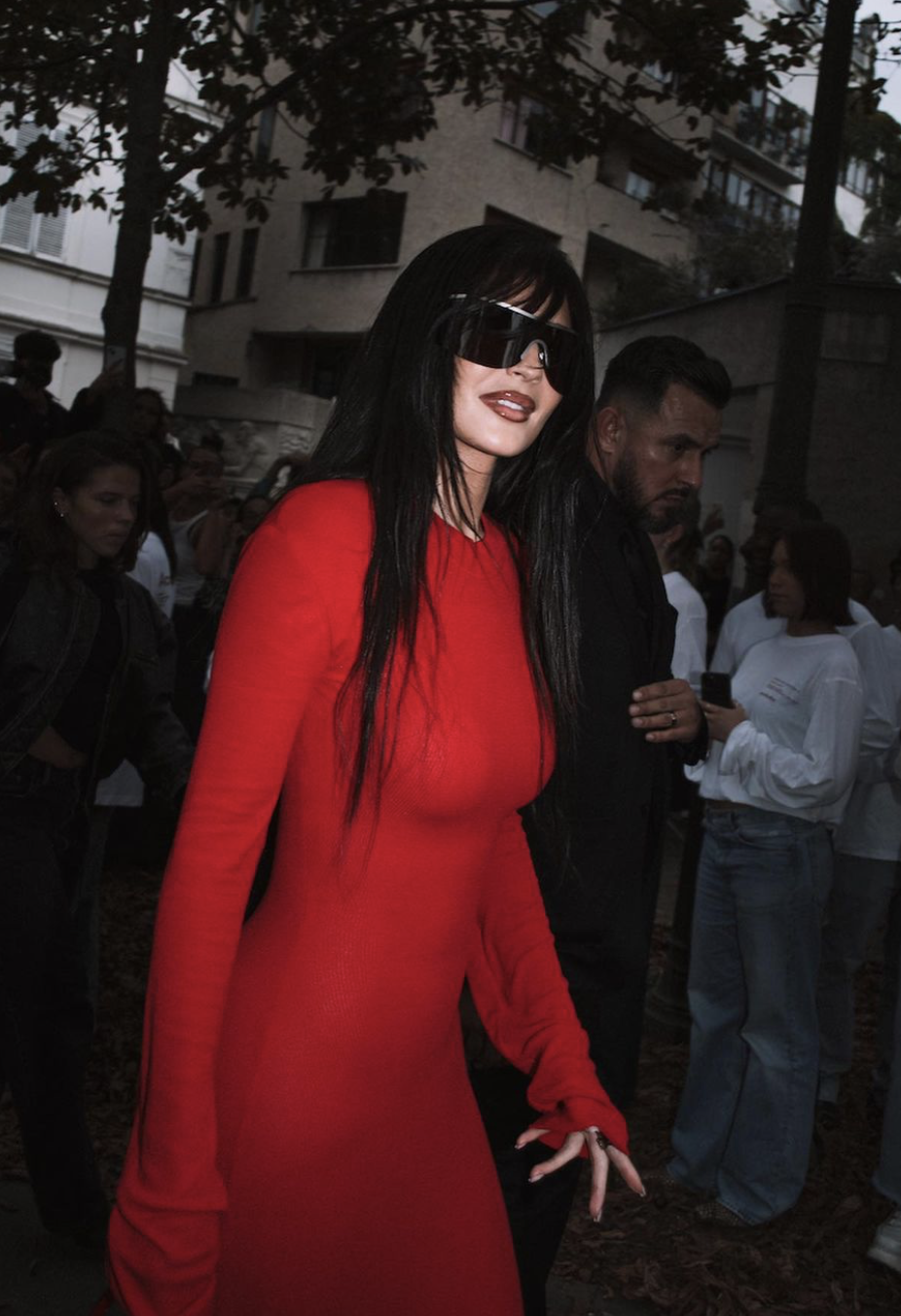
https://www.instagram.com/parisfashionweek/?img_index=3
Undercover
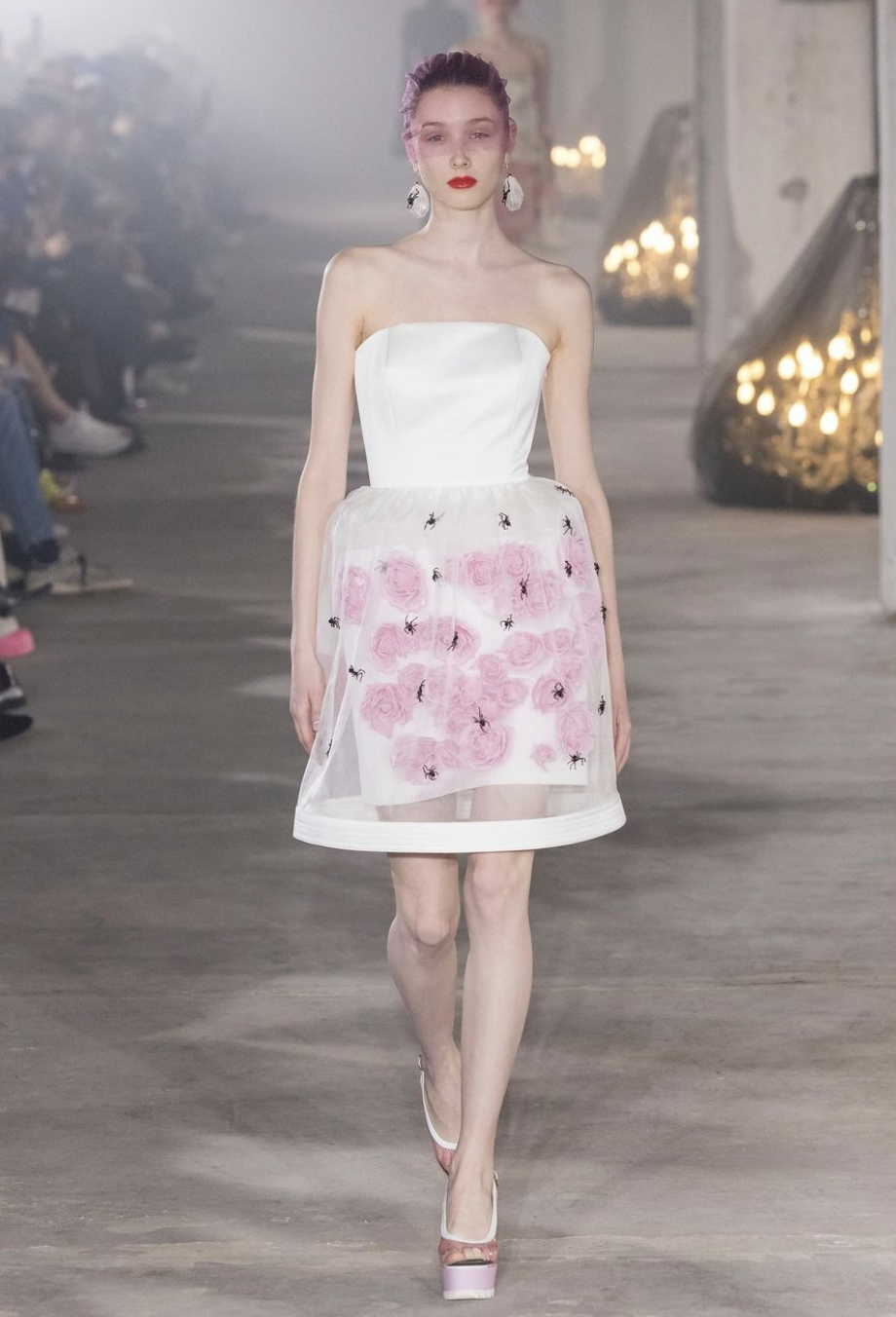
https://www.instagram.com/p/CxtYnXWhC1C/
After the lights dimmed at Undercover, we assumed the finale had just occurred, but as gasps and exclamations echoed from the beginning of the runway, we knew we were about to witness fashion history. Three models were languishing down the runway wearing glow-in-the-dark birdcage dresses with live gardens and butterflies inside. The glasshouse 3D pieces are one of the most talked about moments of the season, so it’s to one’s surprise that the designer responsible is the ever-inventive Jun Takahashi. Even the harsh, fan-favorite critic @hautelemaude was impressed. Unlike the one-and-done marketing gimmicks we’re used to seeing from brands, the dresses seamlessly blended with the rest of the collection and its theme: the surreal contrast between dark and light. Backstage Takahashi shared that “He feels like he’s stuck in the world, but he wants to release himself.”
https://www.instagram.com/undercover_lab/tagged/?img_index=4
This sense of existing in limbo was in the see-through veils and loose, feminine silhouettes that billowed like fading memories. The opening sheer tailored suits showed razors, playing cards, and flowers trapped in between the front and back layers. Georgette black suits, bedazzled spider embellishments, and faded t-shirts made the collection look like workwear rinsed in a cauldron. A somber color palette gave way to polka dots and bright yellow, followed by graphic co-ord sets of Neo Rauch’s paintings that perfectly conveyed that surrealist feeling. Tulle was everywhere; overlaying hoodies, as shoulder pads, and even crunched up as portraits from his first oil painting exhibition shown earlier this month, “They See More Than You Can See”.
https://www.instagram.com/undercover_lab/?img_index=1
The ambiance further enriched the theme, with broken and lit chandeliers on the cement floor, low-pitched cellos obfuscating the background, and gifted scarves with folklore illustrations upon our seats. With ‘Deep Mist’, Jun Takahashi devised an ingenious moment amongst an already innovative collection. Flooding our feeds on day two of fashion week, this show will go down in the books.
Alexander McQueen
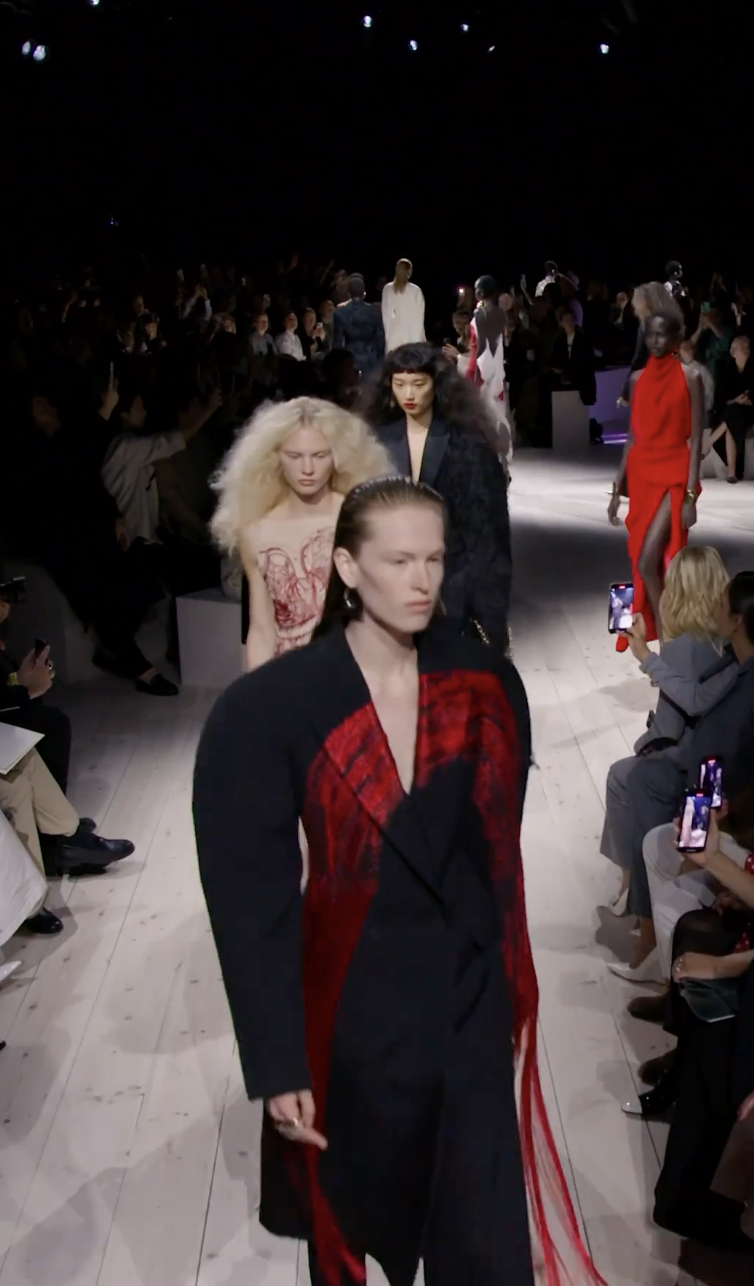
https://www.instagram.com/p/Cx45Ig1LKXi/
A bittersweet moment for fashion, this season Sarah Burton presented her last collection for Alexander McQueen. After three weeks of back-to-back shows, it’s hard to draw an emotional reaction from saturated guests; and yet. Kaia Gerber and Naomi Campbell’s appearances already sparked cheers, but it was nothing compared to the hollers and applauds that drowned the room when Burton herself (for the first time in what seemed like forever) did a full circuit of the runway. In a plain shirt and jeans that gave no indication of the magnificent collection that had just preceded her, the designer blew kisses and hugged longtime industry friends like journalist Sarah Mower, making for a deeply emotional grand finale. In her 26-year tenure with the brand (half working closely with McQueen and half as creative director), she has been persistent in honoring McQueen’s designs while reimagining womanhood from her perspective.
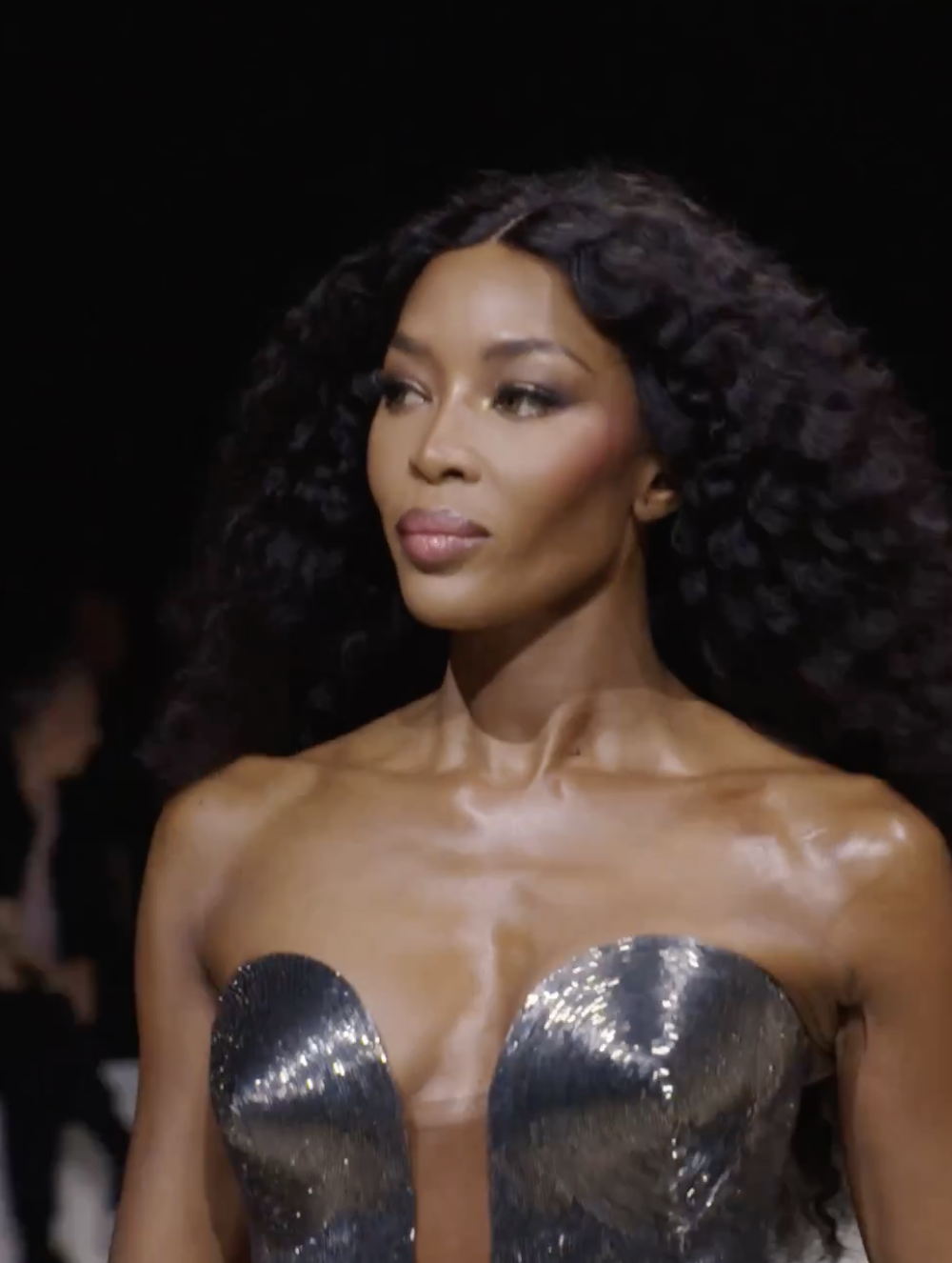
https://www.instagram.com/p/Cx5bfAEtPEI/
With ‘Anatomy II’, she delivered both a culmination and a retrospective of her work. On every seat, a departing note read “This collection is inspired by female anatomy, Queen Elizabeth I, the blood red rose and Magdalena Abakanowicz, a transgressive and powerfully creative artist who refused ever to compromise her vision. The show is dedicated to the memory of Lee Alexander McQueen, whose wish was always to empower women, and to the passion, talent and loyalty of my team.”
Kaia’s opening look set the tone, a corseted dress slashed with the first of many surgical cuts inspired by the ‘Hunger’ 1996 collection. Gold and silver embroidery substituted the violence and horror from the original pieces, instead celebrating the female body. Blood red, bone-white and black made up a very anatomical palette, all while referencing Britain and empowering women. Everything was a triple entendre; poppy flowers alluded to Tudor times, were printed in aquarelle graphics that degraded to blood stains, and became 3D dresses that petalled like vaginal folds. They were in shiny bustiers, sharply tailored mini dresses, and frilly embroideries on suits. The embrace of women’s bodies was also in the textiles printed with creations of Polish feminist artist Abakanowicz. Skeletons were reimagined in soft knitwear, where yarn bundled up as intestines and stitches and loops formed a feminine silhouette. Bones jutted out in the shape of sharp cutouts, tailoring flayed open with aggressive slashes as if it was skin or a reference to McQueen’s famed destruction of Saville Row tailoring.
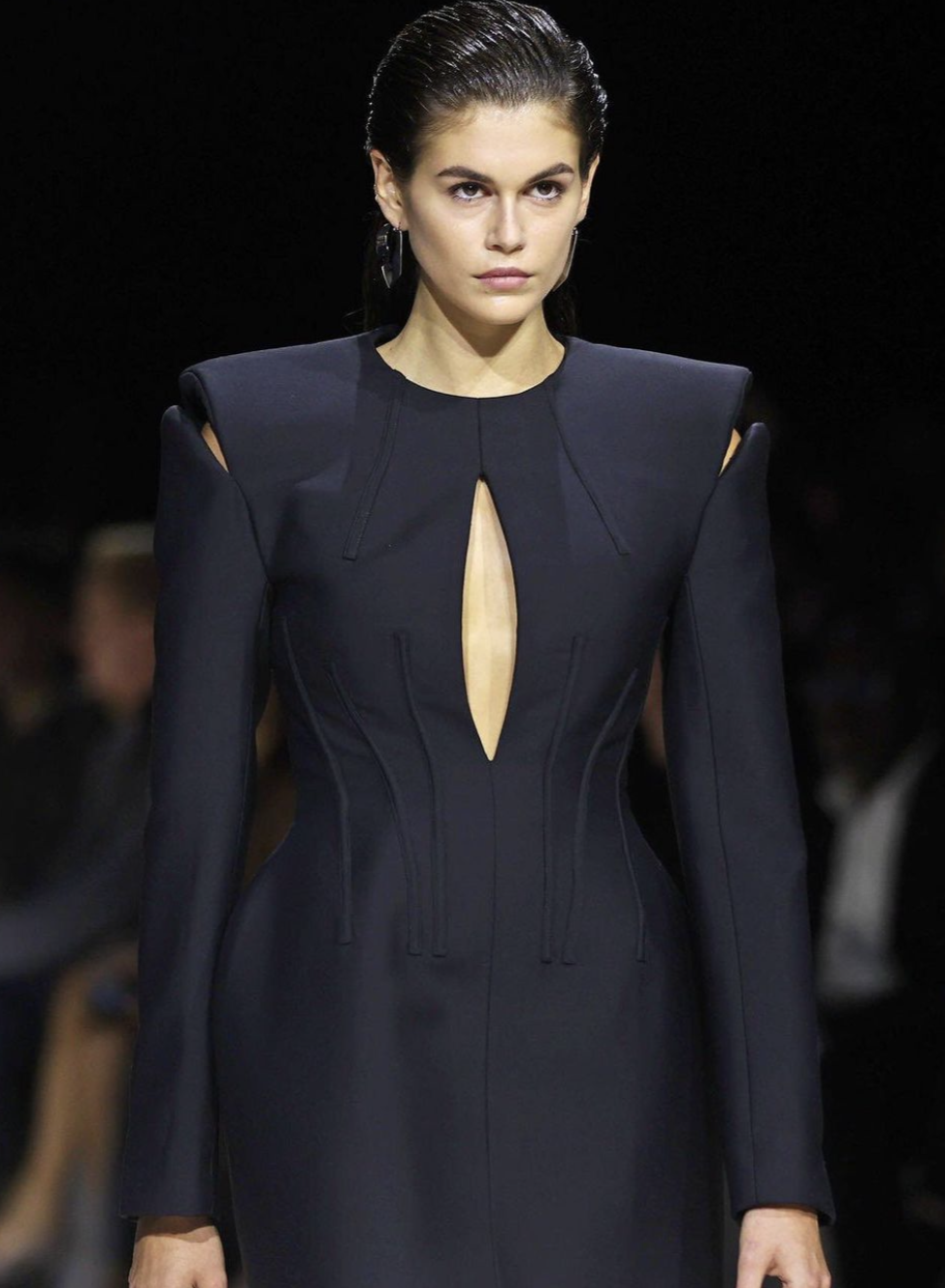
https://www.instagram.com/kaiagerber/?img_index=3
The show was filled with symbolism in a way we’re accustomed to seeing from Burton, an exquisite end to a respected and historical chapter in the legacy label–and fashion. The show was a melancholic and beautiful moment in itself, making us grateful to have experienced her touch at McQueen in real-time.
Mugler
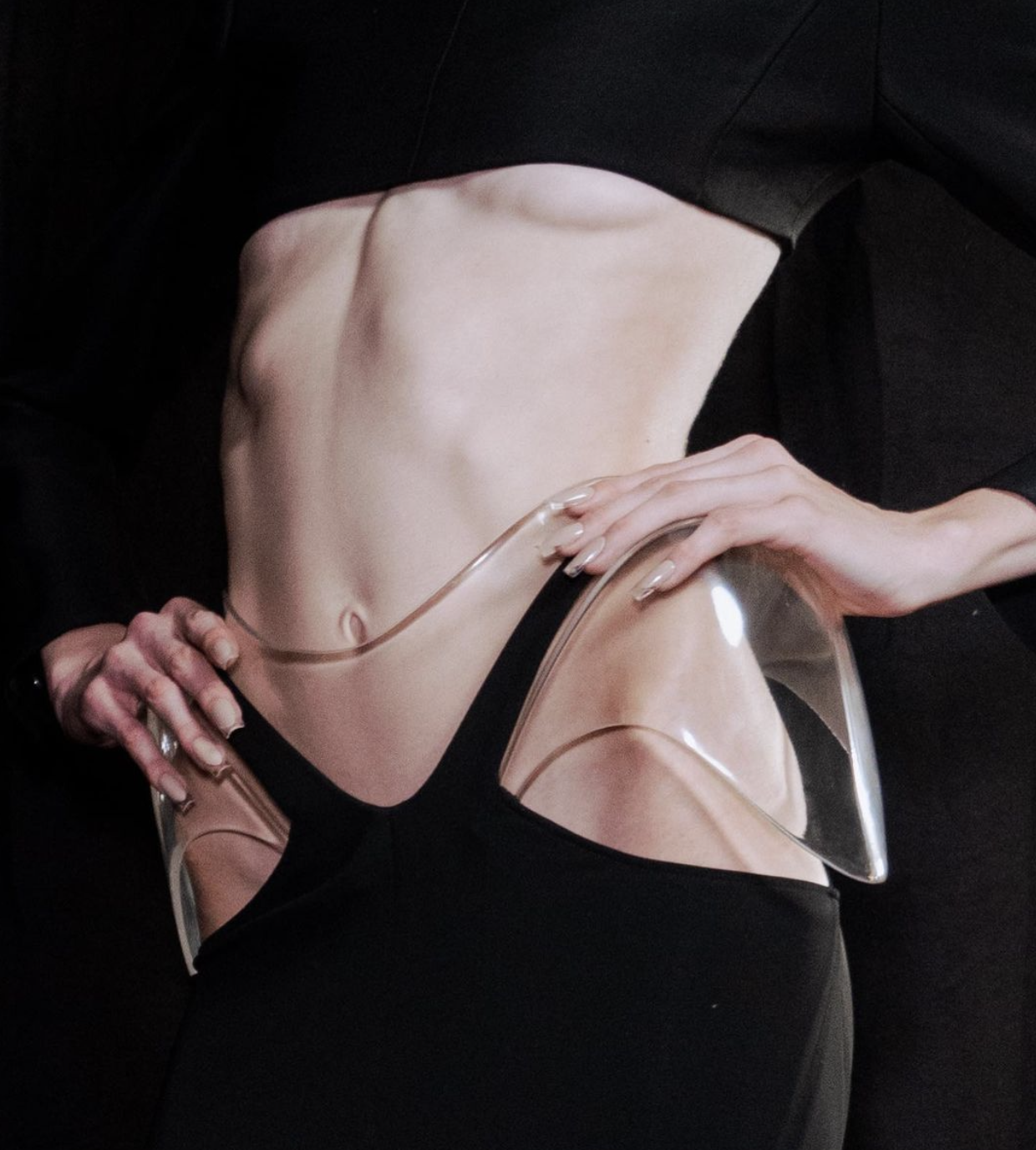
https://www.instagram.com/p/CyAywXht4ji/
From the very beginning, Casey Cadwallader’s arrival at the Maison has stirred up a lot of drama: Thierry Mugler superfans desperate for a comeback of his Vegas-style spectacles, high-brow editors frowning upon the brand going commercial, and an unexpected fervor from the gen populous (his H&M collaboration sold out in 8 minutes). It makes sense then that with this collection he’s leaning into the newly-found mass media appeal and away from haughty fashion critics. “We’re kind of an emerging brand in a funny way”, he chuckled at the show’s preview.
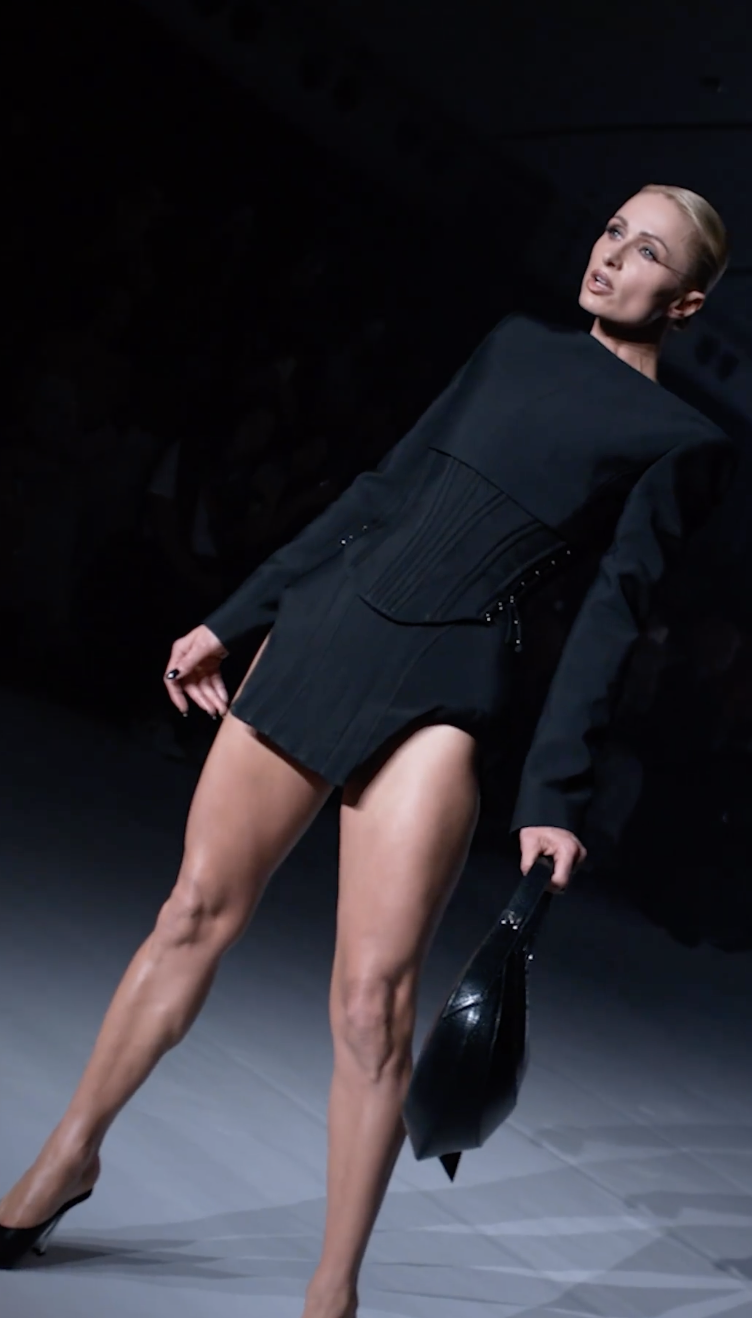
https://www.instagram.com/p/Cx8sEaZtbEc/
The show still clung to the theatrics Mugler was famed for (maybe because of this), but he gave it a showbusiness spin. Cadwallader even included the one-hour delay and throngs outside that are surmised before a spectacle. His fear of being too ‘costumey’ now assuaged, the designs were inspired by his love of octopuses and jellyfish. Large fans and bright lights turned the stage into a very dramatic wind tunnel. And the cast? He gave it the star power usually reserved for a Broadway production. Celebrities and supermodels alike walked the show, earning whoops and delighted gasps as they walked. Paris Hilton, Angela Basset, Helena Christensen, and Aber Valletta walked alongside Irina Shayk, Kai Isaiah-Jamal, Paloma Elsesser, Adut Akech, and Alex Consani. Phones and smiles were just as high when jersey garments billowed as if underwater and body-con dresses had seven-meter-long chiffon trains rippling like tentacles. Signature spiral-cut jeans and corset jackets were patterned with polka-dots and ombré sprays inspired by sea slugs, while sequined sheer bodysuits glistened like fish scales. Those weren’t the only classic and archive pieces given the aquatic treatment: elegant coats inspired by the SS97 collection had fringes inspired by jellyfish, resin body plates became exoskeletons, and tulle sleeves and trousers gave the illusion of SS99’s ‘floating’ tailoring. The show delivered one of the biggest spectacles of the season and served as an identity reset, proving that the new, more commercial Mugler is successful– and not going anywhere.
Y PROJECT
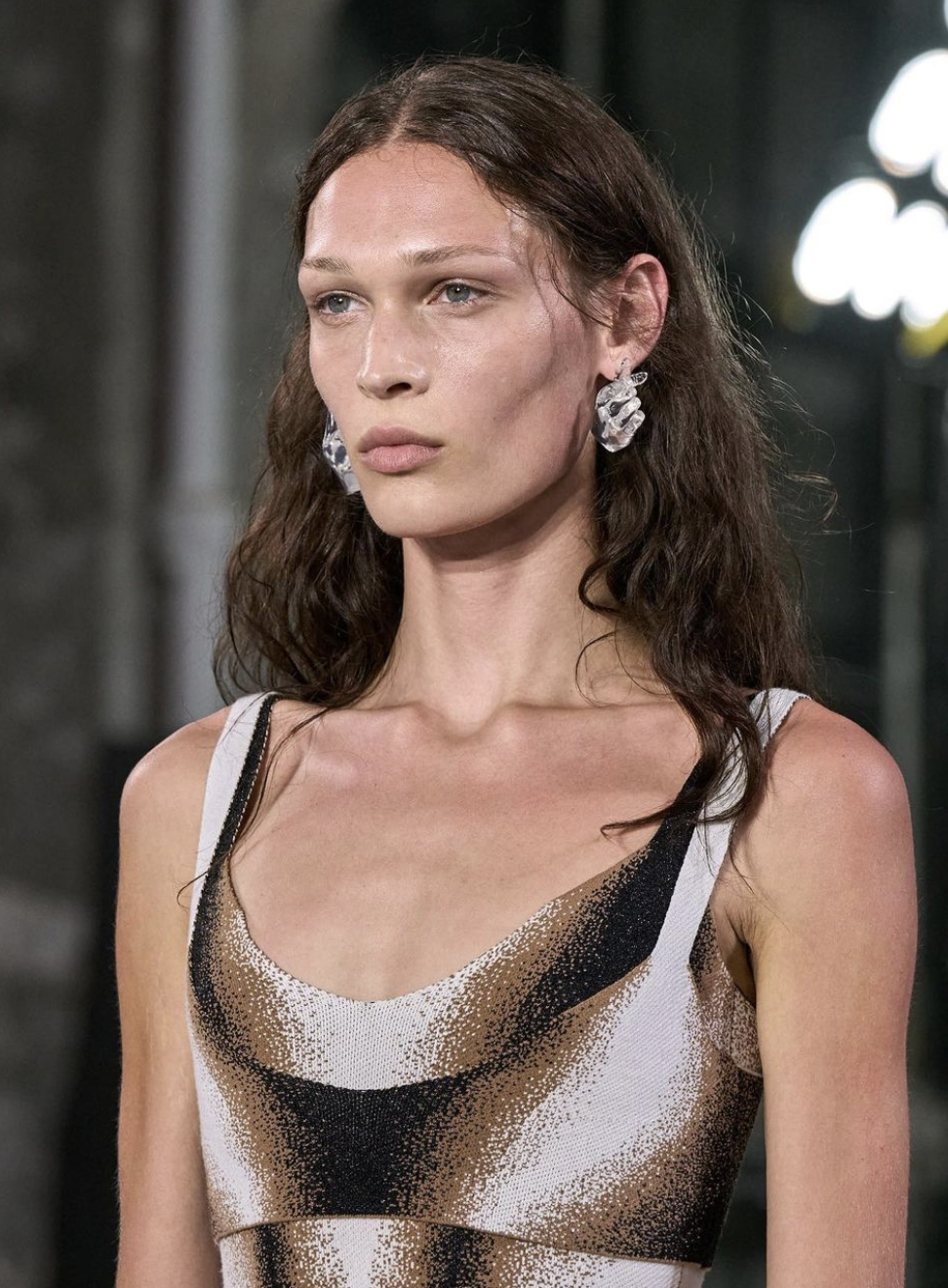
https://www.instagram.com/yproject_official/?img_index=2
After hosting a 6,000-person rave in Milan for the Diesel show, pressure and anticipation were high for Glenn Martens’ Y Project show. The standing-only room front row was crowded with the same young stylish people gathered outside the venue, making the inside look like superfans had sneaked past security and PR instead of invite-only. And with Martens’ reputation as fashion’s newest wunderkind, they might as well be crazed fanatics.
https://www.instagram.com/yproject_official/?img_index=2
The collection was based on the fabric manipulation of denim, a material at this point synonymous with the Belgian designer. It was twisted, frayed, and saturated in fierce shades of lavender, yellow and red. They made up scrunched dresses, crumpled boots, and even hooded shawls. Denim became transformable and appropriate for every occasion, a concept some might remember him pushing since his earlier years. Although it began as a way to send the same look down the runway twice, this revolutionary concept is taking a firm hold on fashion now. From stacked trousers and scrunched-up bags to jackets zipped up to make a Y-shape, we won’t be surprised to see his innovative draping at Zara or Shein in a few months (unfortunately maybe days for the latter). This particular collection was inspired by the Gothic architecture of his hometown, Bruges. With it, he finally gave us an insight as to why he chooses denim: “In Bruges we have the tallest Medieval tower that’s made of bricks. It’s nice that the material they were using is basic bricks, unlike in England or France who were using ornate stone. The material that we use is very basic and archetypal, cotton and denim, but from them we create these constructive twists.” Even if the triad of models wearing fake serpent necklaces around their necks were the most talked about looks, it’s the cementing of the denim-is-fit-for-all revolution that made the show so significant.
Words by Alexia De Las Heras
Header Images by @kaiagerber @yproject_official & @undercover_lab



